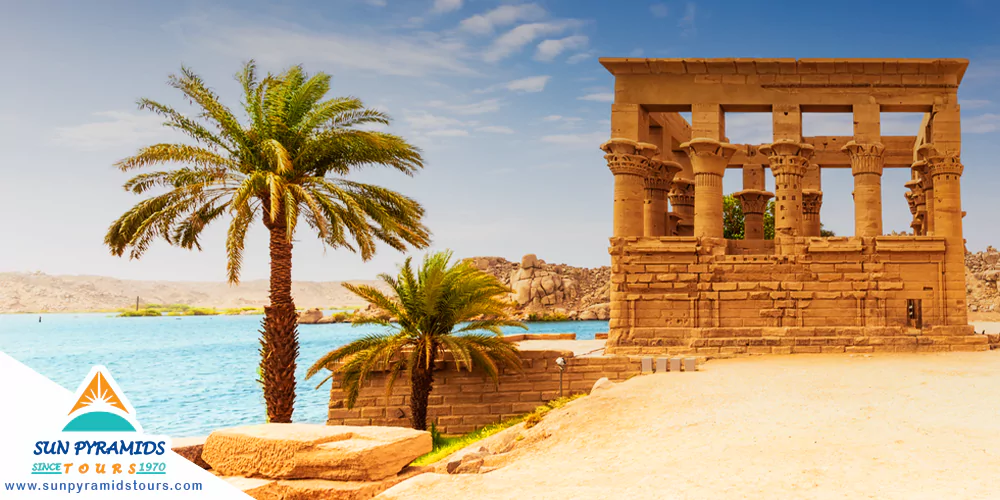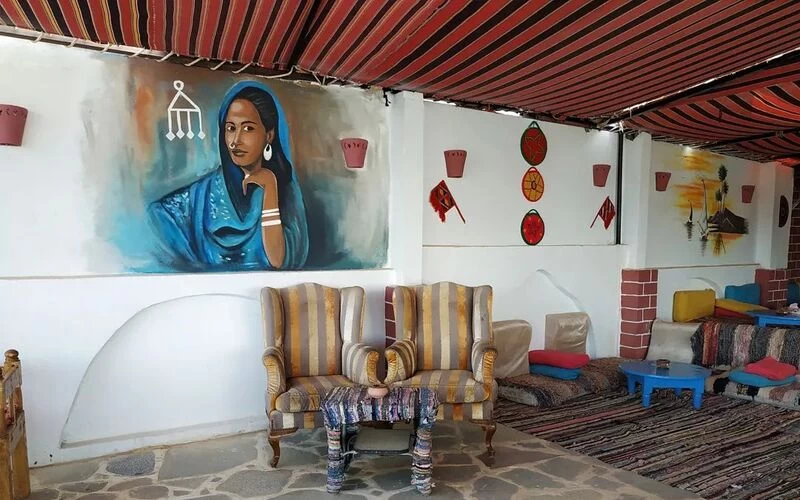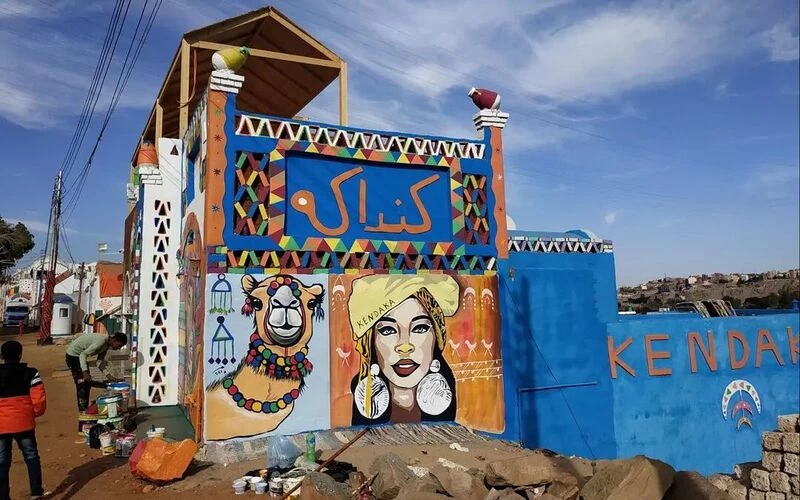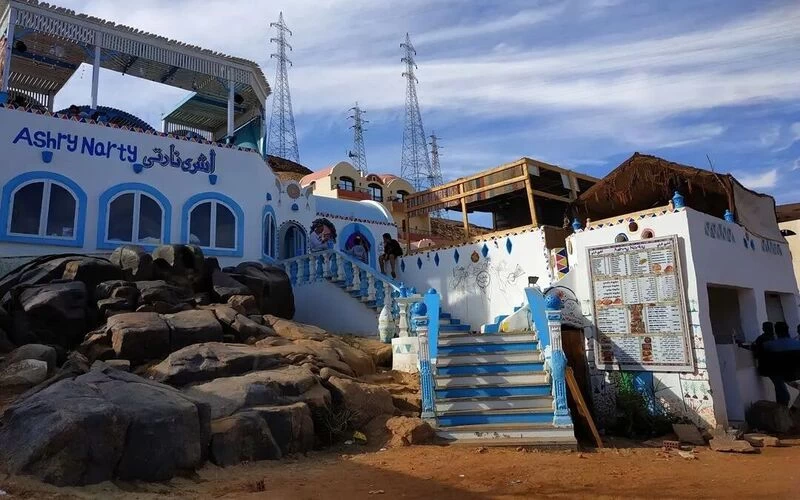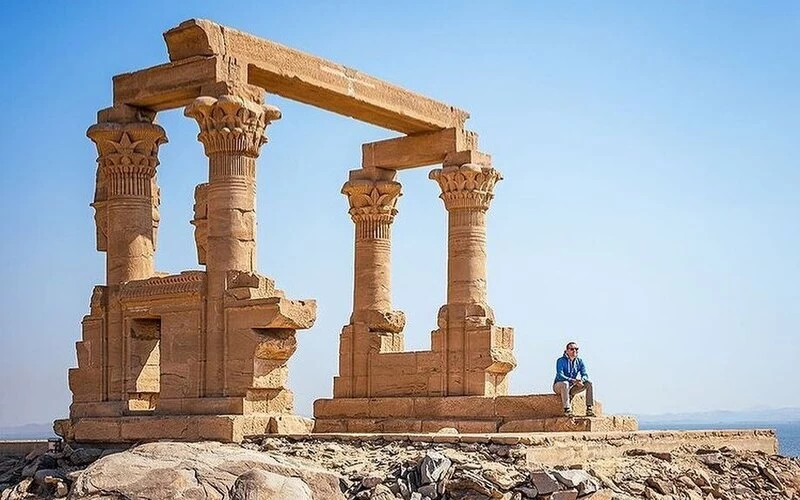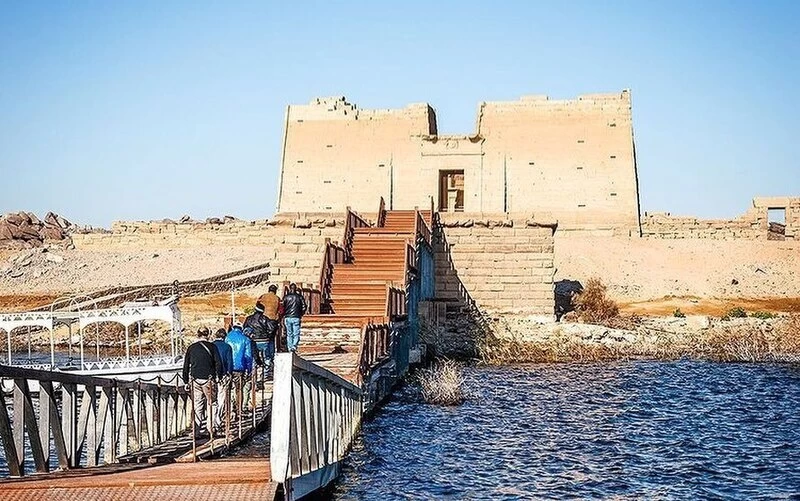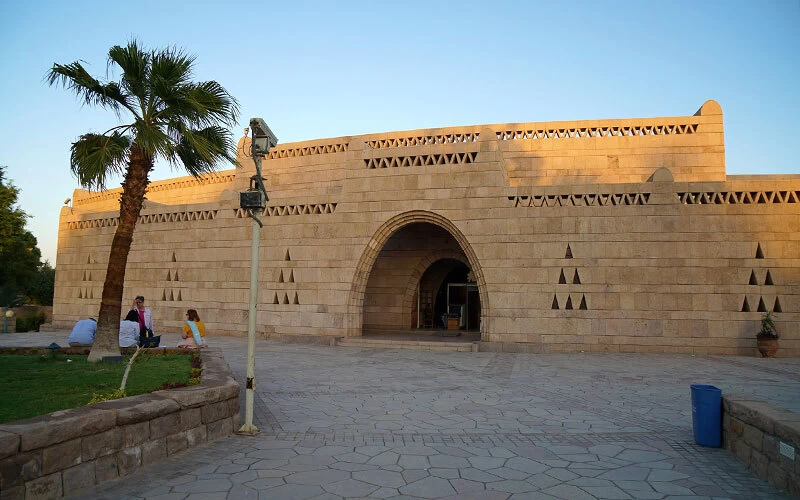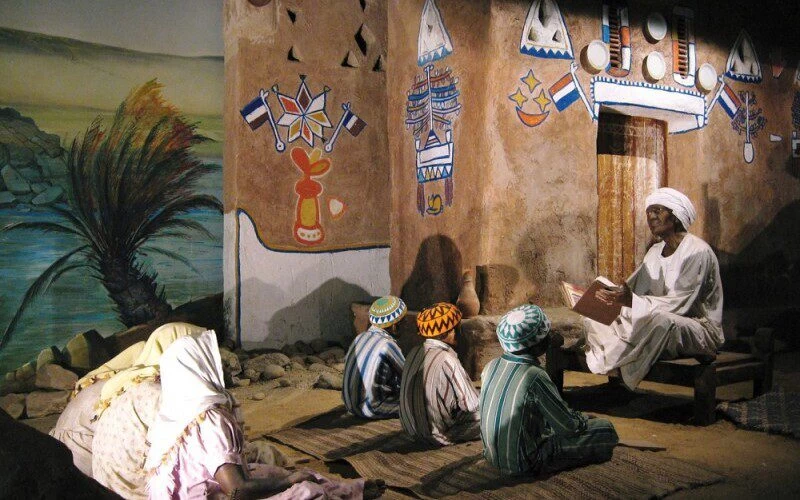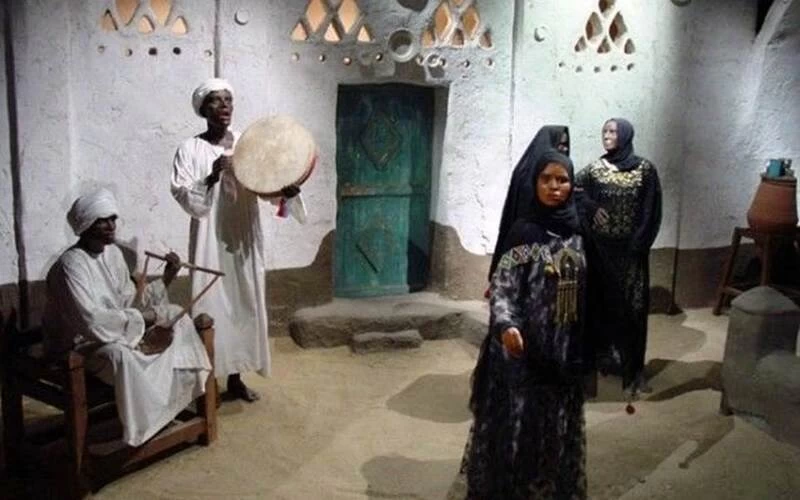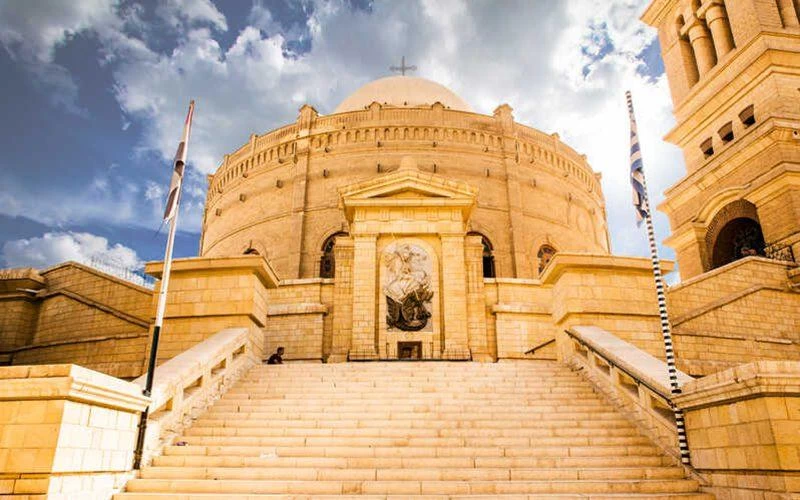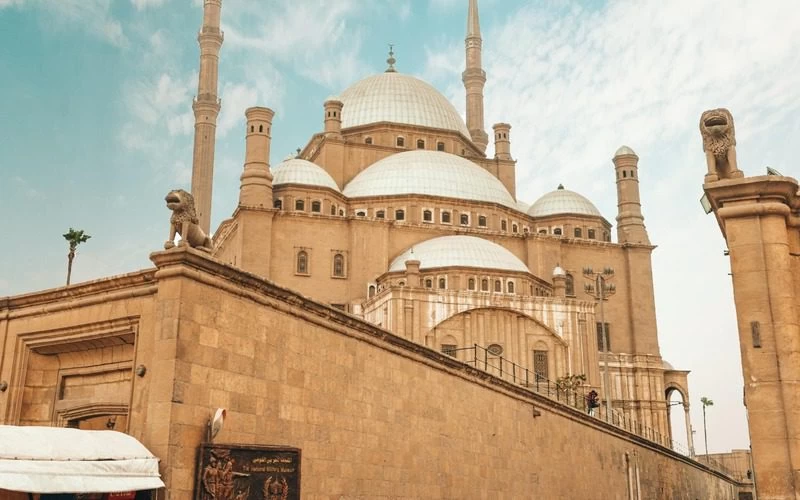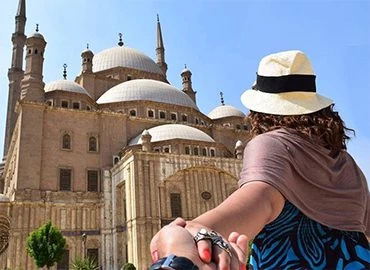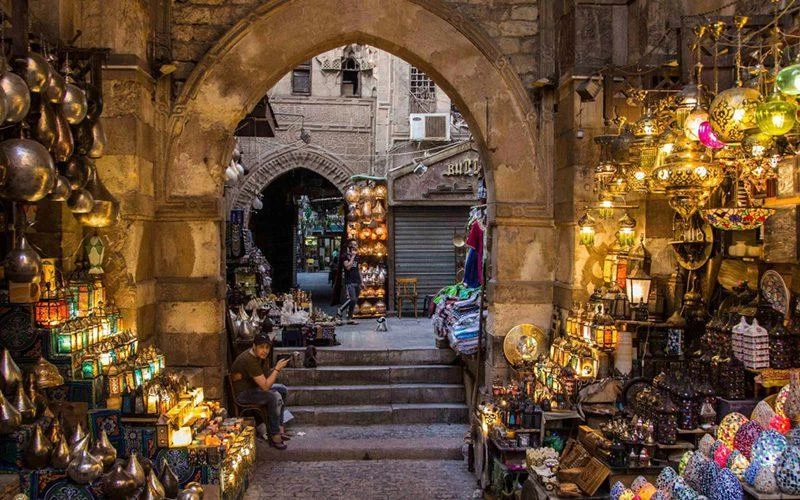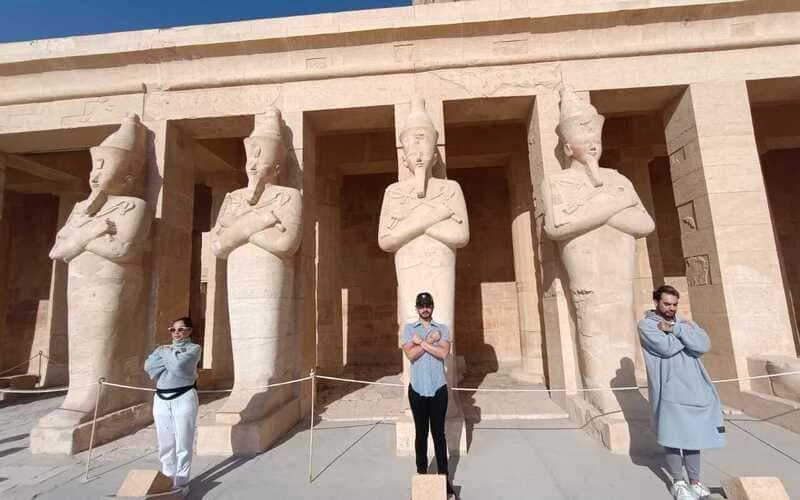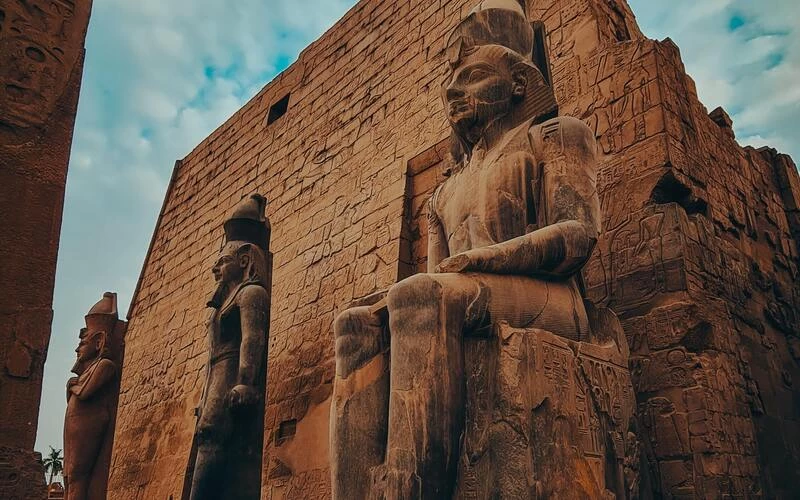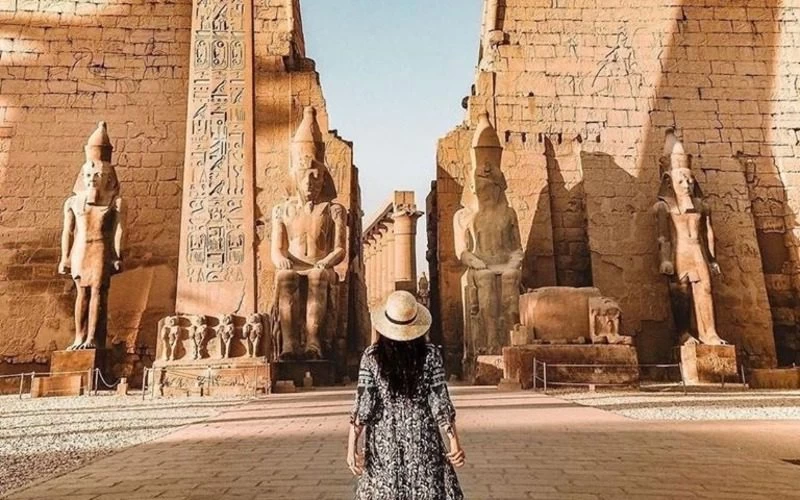Table of Content
Who are the Nubians
The Ancient Egypt-Nubia Relationship
The Evolution of Nubia and the Nubian People
Nubian Temples
Nubian History and Culture
Nubia is far from being just an ancient peace of earth. It’s a region that has been home to some of the most courageous, honorable, and resilient individuals the world has ever seen.
The Nubians, known for their formidable courage in battle, were also intelligent and influential leaders. Their significant contributions to the progression of ancient Egyptian civilization throughout history are a fascinating aspect of their legacy.
Nestled in the sacred southern territories of Egypt, Nubia's culture is a concealed gem. It invites explorers from every corner of the globe to uncover a unique perspective of existence, brimming with awe-inspiring beauty, dignity, and wonder.
This rich cultural heritage, steeped in history and tradition, offers a captivating blend of ancient customs and modern practices, providing a fascinating insight into a way of life that has endured through the ages. So, let's embark on a journey to the sands of time to discover the Nubian legacy together.
Who are the Nubians

The earliest recorded reference to the Nubians in the annals of ancient Egyptian history is found in trading accounts dating back to 2300 BCE. Recognized as one of the world's oldest ethnic groups, the Nubians are celebrated for their benevolent disposition, exceptional hospitality, and the richness of their historical and cultural heritage. They are descendants of an ancient African civilization that once held sway over Egypt. Today, the majority of Nubians continue to reside in their ancestral lands, spanning the regions of southern Egypt and northern Sudan, preserving their unique traditions and way of life.
The Ancient Egypt-Nubia Relationship

The relationship between the two nations was deep and multifaceted, enduring through times of peace and conflict. They shared common royal symbols inspired by rock art, reflecting their intertwined histories. The cultural exchange was rich and varied, marked by cooperation and even matrimonial alliances. Their economic ties were robust, with trade in commodities such as ebony, ivory, leopard skins, and various resins.
Nubia served as Egypt’s gateway to the wealth of the east and south of Africa, facilitating access to gold, incense, ebony, copper, ivory, and exotic animals. It’s important to note that the relationship between the Nubians and the native Egyptians in ancient times was intricate. As neighbors, they engaged in trade, but their history was also punctuated by periods of conflict and conquest. This complex dynamic shaped their interactions and left a lasting impact on their respective cultures and histories. Their story is a testament to the intricate dance of diplomacy, trade, and power in the ancient world.
The Evolution of Nubia and the Nubian People
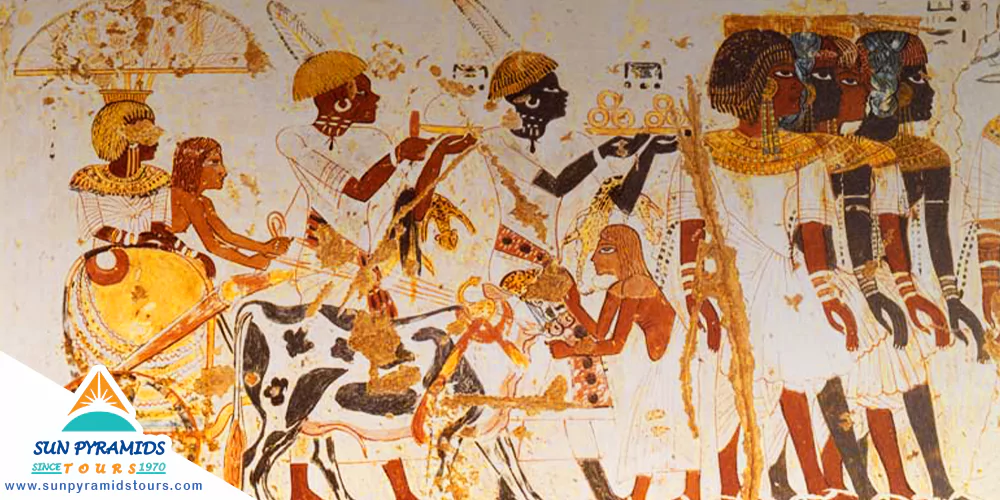
The region of Nubia, with its strategic location along the Nile River, stretches from Aswan in the south of Egypt to Khartoum in the central north of Sudan. This geographical positioning played a crucial role in shaping its historical trajectory. As one of the earliest civilizations in ancient Africa, the history of Nubia can be traced back from 2000 BCE to 1504 AD, marking a significant period in human history.
The first recorded prince of Nubia, Alara, who was also the King of Kush, laid the foundation for the Napatan or the Twenty-fifth Kushite dynasty at Napata in Nubia, an area now known as Sudan. His successor, Kashta, expanded the Kushite dominion northwards, reaching Elephantine and Thebes in Upper Egypt.
During the New Kingdom period of Egypt (1570 AD—1070 AD), Pharaoh Thutmose I launched an invasion around 1500 BC. This event marked a significant turning point in the region’s history, further intertwining the destinies of Egypt and Nubia. Therefore, the rich tapestry of Nubian history is not just a chronicle of kings and wars but a testament to the resilience and adaptability of its people in the face of changing political landscapes.
Nubia, renowned for its mighty kingdoms, was the cradle of power and civilization. The Kingdom of Kush, the most notable among them, even managed to conquer Egypt in the 8th century BC, leading to the formation of the 25th dynasty. This era in ancient Egyptian history was marked by the rise of numerous Nubian pharaohs and rulers who, for the most part, seamlessly assimilated into Egyptian culture.
While the Nubians introduced elements of their own culture into Egypt, they largely adhered to the existing governing norms, artistic styles, religious traditions, temple designs, and construction methodologies. They attempted to revive the grand tradition of pyramid building, although their efforts were met with little success.
The Nubians held sway over parts of Egypt for approximately a century before they were defeated and eventually expelled by the Assyrians. Despite periods of conquest, the relationship between the Egyptians and Nubians was largely peaceful throughout history, reflecting a mutual respect and understanding that transcended territorial disputes. This enduring relationship between the two civilizations serves as a testament to their shared history and cultural exchange.
Nubian Temples
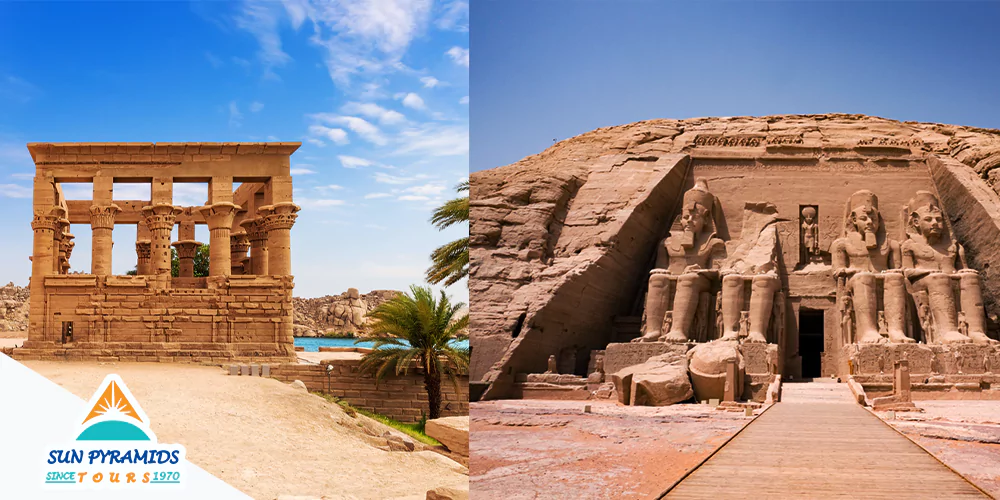
Nubia, named after “Nub” meaning gold, is known for its gold mines, rare stones, and majestic monuments. The Nubian Monuments, named for their location, not their builders, are a significant archaeological site dating back over 3000 years. The region, home to most Nubians in Egypt, stretches from Aswan to Abu Simbel. It houses the famous Temple of Philae and Abu Simbel temple, both rescued by UNESCO in the mid-60s due to the High Aswan Dam’s impact. These temples, along with 11 other sites built under Nubian kings, are must-visit attractions on a Nile River cruise.
Abu Simbel Temple
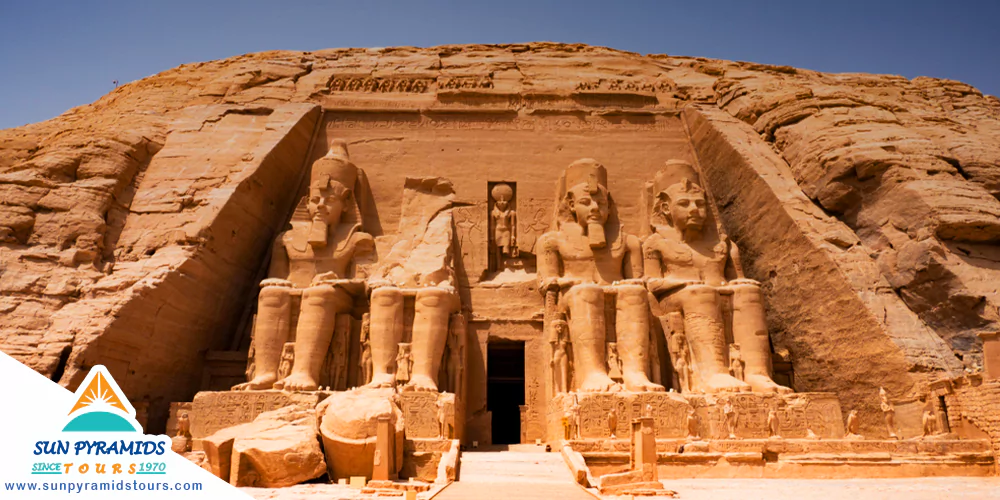
Abu Simbel’s temples are attributed to the mighty Ramses (1292-1186 BC), established in 1200 BC to eternalize his grand heritage, notably his triumphs such as the Kadesh battle,c and to venerate the supreme god Amun. Adjacent to it is another temple dedicated to his cherished spouse Nefertari, which pays tribute to the Goddess Hathor.
Philae Temple
The Philae Temple is the last of its type constructed in Egypt during the Ptolemaic era between 380 and 360 BC. It's renowned for housing the mythical stories of Isis, the deity of motherhood and healer of Osiris's wife, the lord of the underworld. It was a highly frequented pilgrimage destination for Egyptians, Nubians, and voyagers from as distant as Greece and Crete.
Granite Quarries
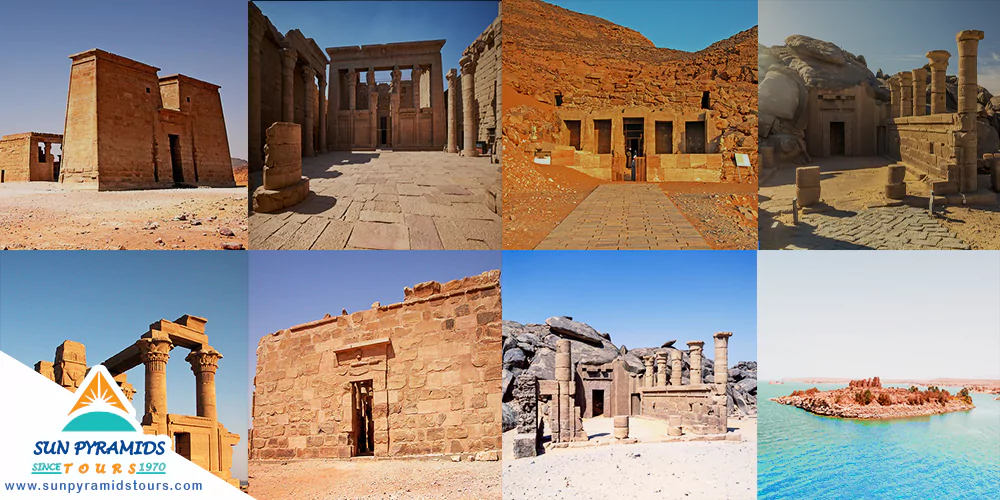
A granite quarry is an unusual sight, renowned for its internal contents. The granite excavation in Aswan houses two incomplete obelisks. If one of the obelisks had been finalized and raised, it would have been almost one-third bigger than any other obelisk in Egypt, and it’s speculated to have been ordered by Queen Hatshepsut.
Qasr Ibrim Stronghold
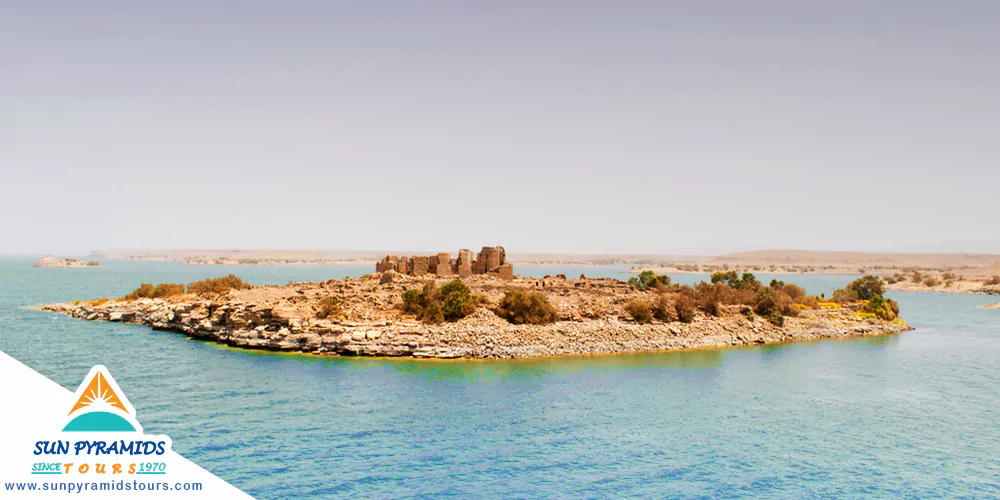
Qasr Ibrim, once renowned as a fortress and a significant city perched on a Nile cliff, is now located on a rocky island in the heart of the Nile River due to dam construction, making tourist visits challenging.
Kalabsha Temples
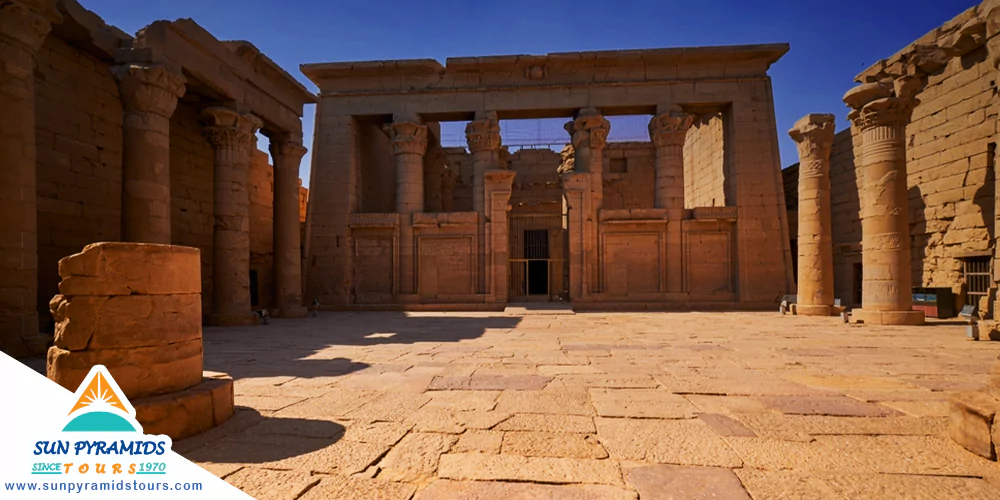
The Kalabsha Temple was erected around 30BC during the Roman period as an homage to the Nubian sun deity Mandulis, but it was never finished.
Beit al-Wali Temple
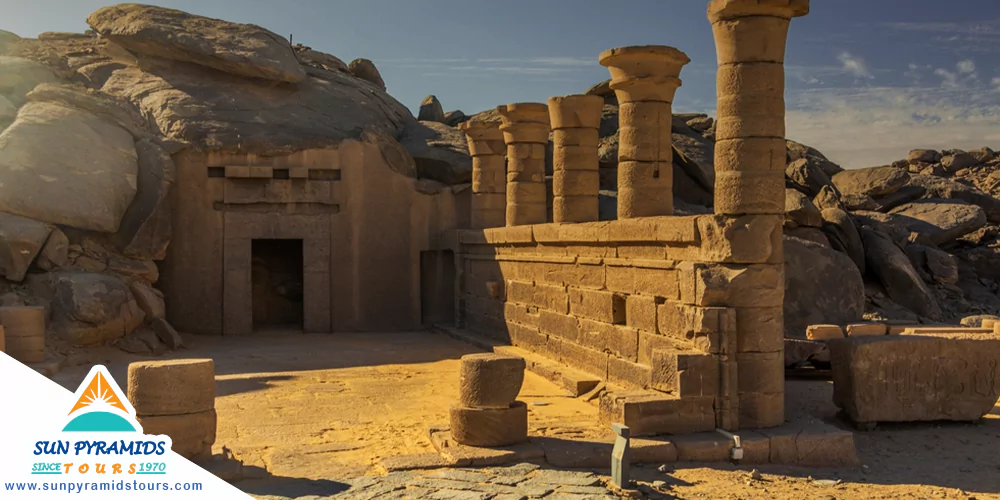
Beit al-Wali is another remarkable temple constructed by Rameses II. It was among Ramesses II’s Nubian temples erected to sustain Egyptian dominance over Nubia, and it is thought to be the first built for this objective.
Dakka Temple
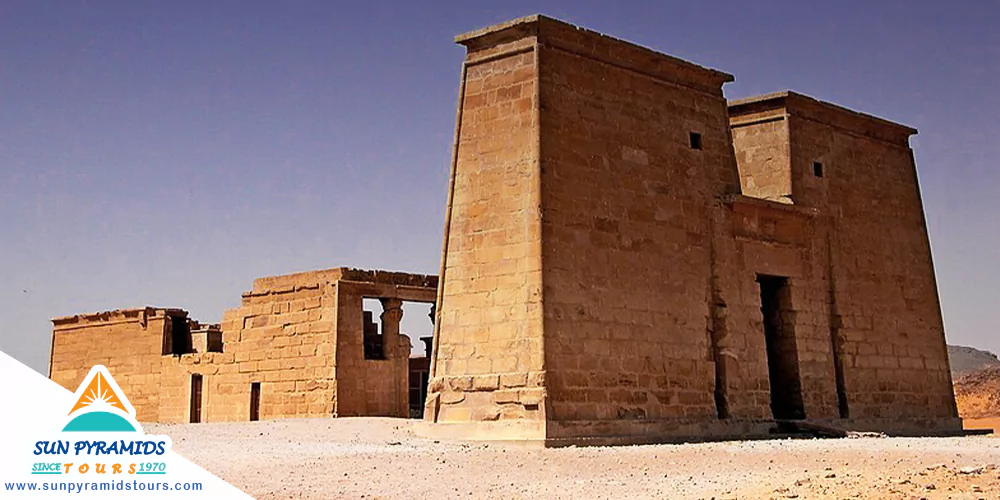
A petite sanctuary devoted to Thoth, the deity of wisdom and knowledge, the Dakka Temple was enlarged during the Roman era and served as a fortress on the Nile River.
Maharraqua Temple
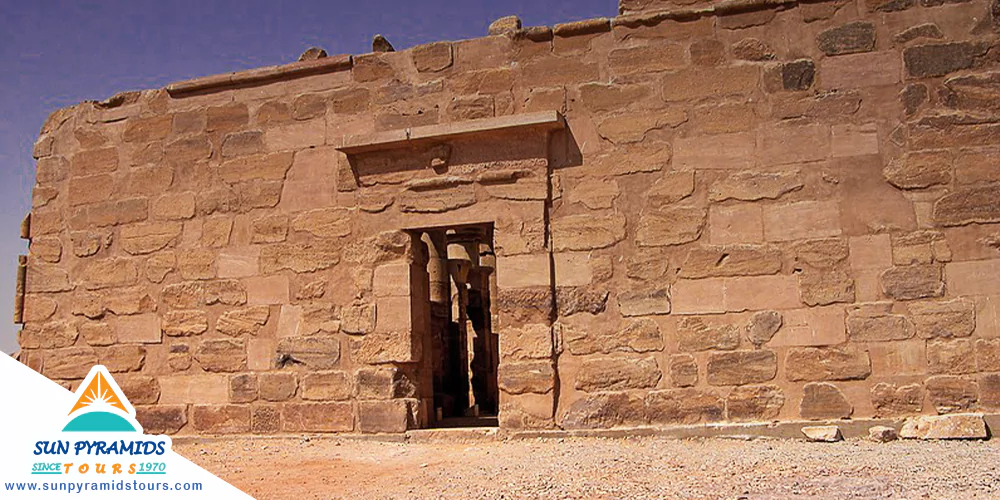
The Maharraqua temple is a small, incomplete temple with an enigmatic past. Scholars have failed to decipher who constructed it or its function. It possesses a unique feature: a spiral staircase leading to the roof. This is the sole Nubian monument with this design.
Amada Temple
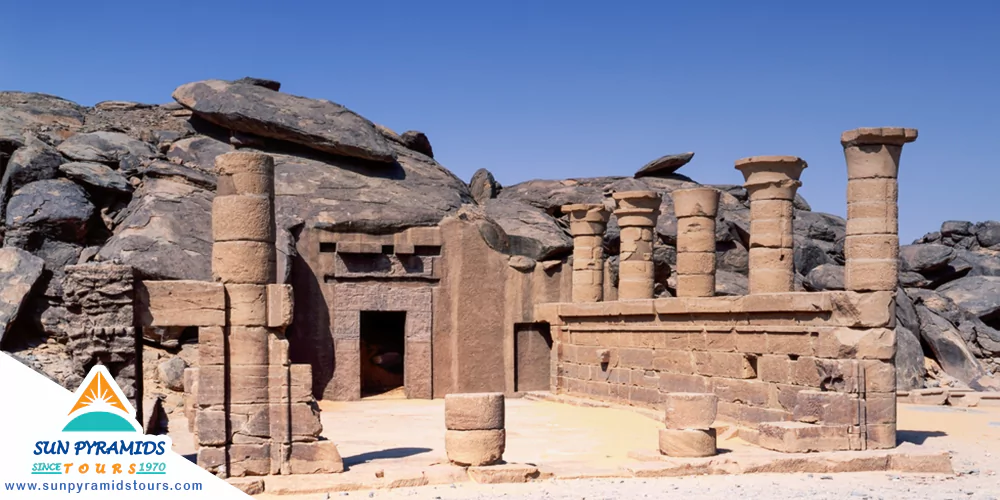
The Amada temple is Nubia’s oldest temple. It was constructed in the 18th dynasty by Pharaoh Thutmose III and dedicated to Amun and Re-Horakhty. Several pharaohs, including Ramesses II, added to this temple over time.
Derr Temple
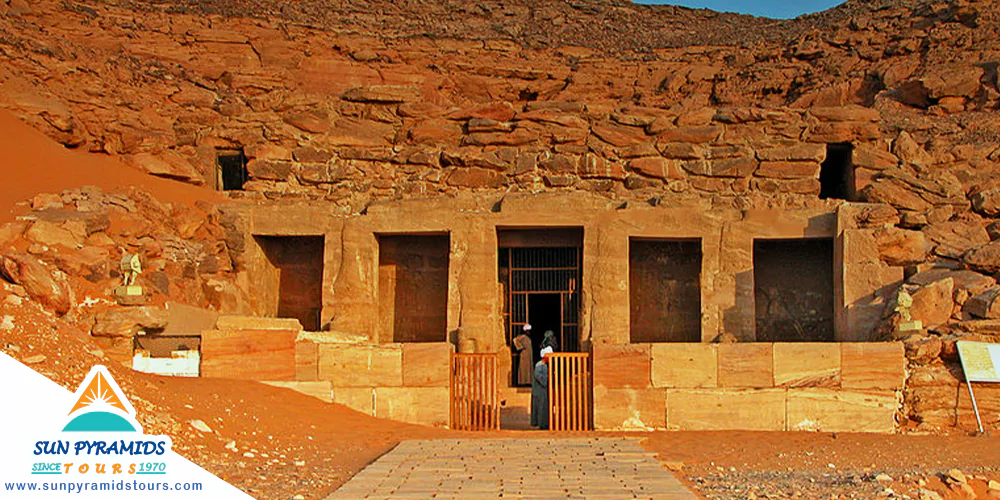
The Derr Temple was constructed by Ramesses II. It is a rock-hewn temple dedicated to Re-Horakhty, a fusion of the deities Horus and Ra, where Horus was the sky god, and Ra was the sun god.
Quertassi Kiosk
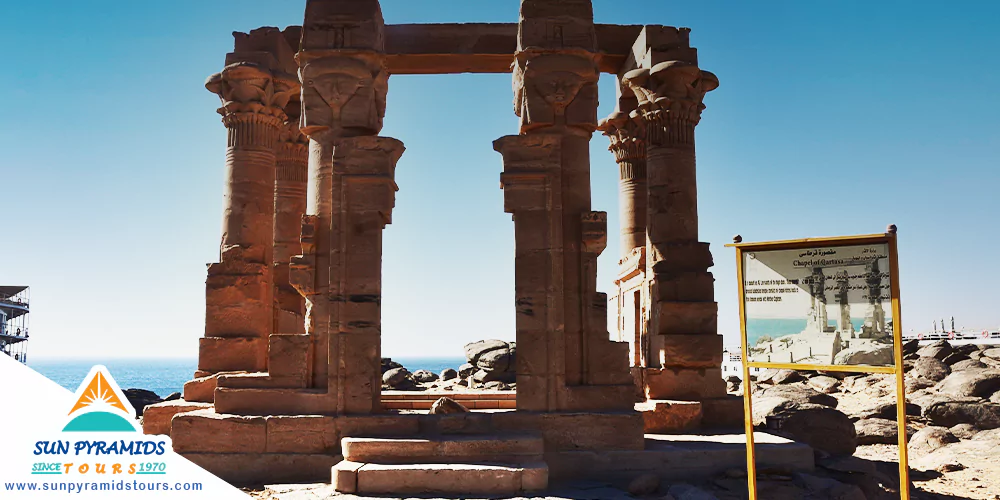
is a petite Roman Kiosk with six columns that remained unfinished. The visible structure is stunning. Wadi as-Subua is another rock temple constructed by Ramses II as part of his Nubian temples. It currently resides in a valley with two New Kingdom temples.

Why do you book with Sun Pyramids Tours?
- Expertise and Experience: Sun Pyramids Tours has a wealth of 53 years of experience in the travel and tourism industry.
- Customized Itineraries: Sun Pyramids Tours offers tailored itineraries to suit your preferences. Whether you’re interested in historical sites, cultural immersion, or adventure activities, we can design a tour that matches your interests.
- Local Connections and Insider Access: Sun Pyramids Tours can provide you with unique opportunities and insider access to attractions and experiences that may not be easily accessible to independent travelers.
- Hassle-Free Planning: Sun Pyramids Tours can take the stress out of planning your trip. We handle all the logistics, including accommodations, transportation, and guided tours, with competitive pricing. Relax and enjoy your vacation without worrying about the details.
- Customer Satisfaction: Sun Pyramids Tours prides itself on providing excellent customer service and ensuring customer satisfaction. They strive to meet and exceed your expectations, making your trip enjoyable and memorable. Add trip advisor reviews, Facebook page reviews, etc.
- Safety and Security: Sun Pyramids Tours prioritizes the safety and security of their guests. We work with trusted partners, adhere to safety guidelines, and provide support throughout your journey to ensure a safe and comfortable travel experience.
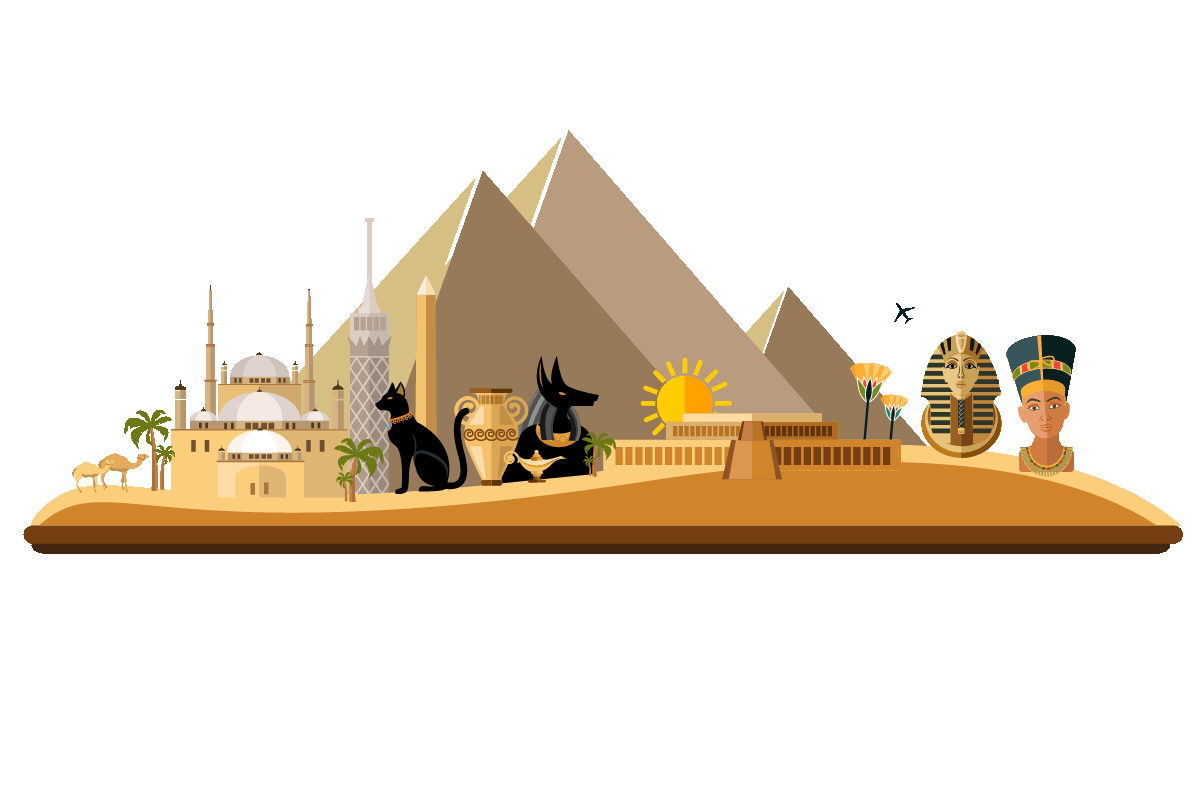
.DvizhAGb.gif)
Plan your next adventure now
Related Tours
Frequently Asked Questions
See more

There are no frequently asked questions :)
Related Blogs
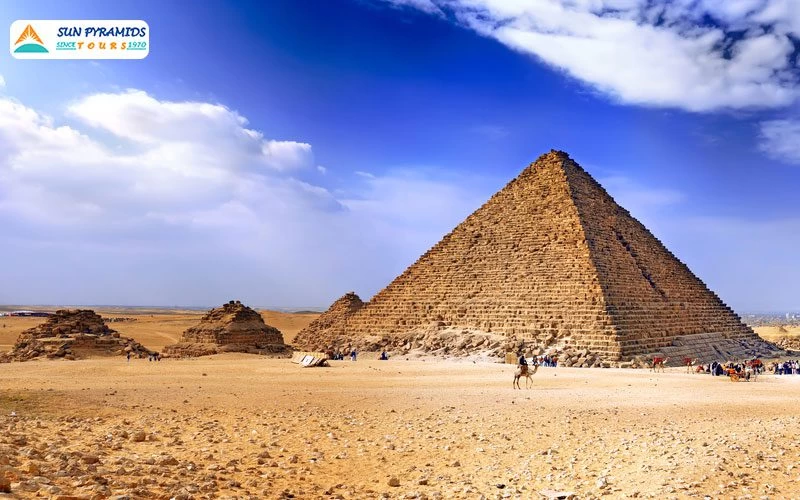
Plan A Trip to Egypt
+1 more
Ultimate Guide: How To Plan A Trip To Egypt

Christmas and New Year in Egypt
+1 more
Christmas and New Year in Egypt

Egypt Hidden Gems
+1 more
Egypt Hidden Gems

Abu Simbel Temple
+1 more
Abu Simbel Temple
Need help to Finding your Trip?
Offers
Make Trip
trips
Home

